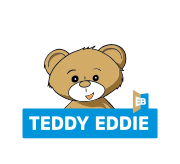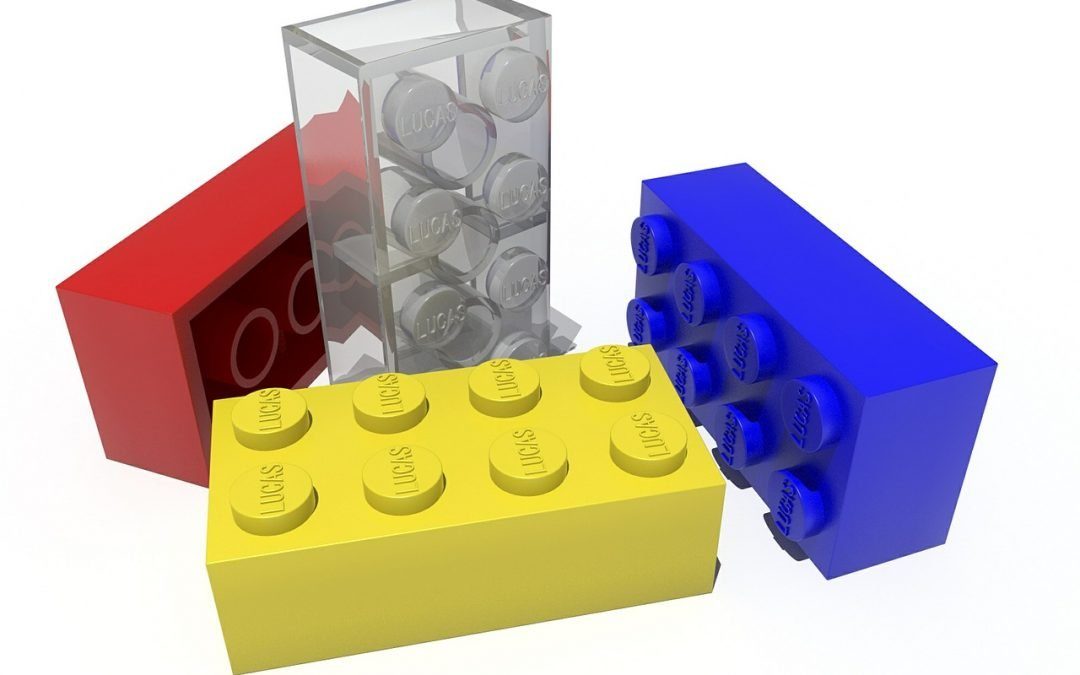It is said that one minute of planning saves us 10 minutes of work. I also believe that one minute spent on planning a lesson can save us around ten grey hairs. 😊
When we have classes with preschoolers there is no time to hesitate. We cannot stop to think about the next step; we should always know which exercises we are going to do, which songs we are going to learn, and which games we are going to play. Everything should be precisely planned since any moment of hesitation may end up with the children losing interest in us and our classes as well. And instead, the preschoolers may start to mess about and misbehave. Today I would like to share with you some ideas that I use during classes which truly make planning lessons easier.
Blocks
I like to think about the elements that we introduce during classes as “blocks”.
I assume that during a 35-minute class I will get through 7-8 blocks where one block is, for example, listening to stories and choosing correct illustrations, another could be revision of sentences with a particular grammar form (e.g. have got), then there are physical activities (e.g. Eddie says), a song with actions, a game with picture cards, learning a new rhyme, and so on. I plan the class like this:
- Introduce blocks that are alternately dynamic and static.
- If the group is very quiet, or even drowsy, start by introducing games to “warm up” which are active but not too dynamic, then gradually implement elements which are alternately calm and dynamic, hoping that the children’s energy will come back.
- If the children entering the classroom are very excited and literally full of energy, at the beginning introduce one (two at the most) very dynamic exercises, then try to gradually introduce quieter elements, mixing them with the dynamic ones in a ratio of 2:1.
- SURPRISE, SURPRISE! – I often allow the lesson to plan itself. To do this, I put the name of the block on a piece of paper (or I draw symbols of exercises, for example, a little note symbolises a song), I put the papers in a hat (or in my favourite prop, which is Eddie’s sock). The children draw the papers from the hat, and thus they choose what we are going to do next. It is a great motivator for the kids because they feel that they have some influence over what is going on during classes. Also, there is an element of surprise. Additionally, it works as an excellent discipline tool: we can make a rule that only the most active children may choose the next block.
Lesson plan
Even after years of practice, I always plan my own lessons. I think it is essential because even if something goes differently afterwards, the process of lesson planning lets us have a moment to reflect on the group, the goals, a particular month or year of learning, and even more distant perspectives. I cannot imagine myself coming to class without a lesson plan, and I am not happy either when I see other teachers skipping this part of their preparation (even a small yellow sticky note is enough). However, I can imagine that someone might lose that meticulously prepared note during their class in the heat of the moment, since it has happened to me once before. Therefore, I have a simple, proven piece of advice: the best thing to do is to put the lesson plan down… on the board. Children do not use it anyway, they are not interested in whether there is any scribble on the board (Warning! You should put the plan at the top of a board since some active preschoolers are likely to clean the board to please the teacher 😊). It looks more or less like this (click on the image in order to expand):

Next to the blocks we can add the numbers of the tracks that we are going to use, which will make the whole process easier.
Crib sheets
It is worth having a few “crib sheets” close at hand. These are notes with written elements which can be used during any class since they are universal or they revise the material from the whole year. For instance, I always have close at hand a note with all of the commands that children practise during the school year such as: “Jump!”, “Clap your hands!” and so on. It is very useful because, while we usually remember those elementary commands, the more specific ones (“Pull your big toe!”) from chapters that were studied a long time ago may “slip away”. On the crib sheets you can put the most frequently practised questions and answers, a few general games with picture cards or a list of words that are “out of this world”, namely words that we want to teach kids but which cannot be classified as belonging to any particular category (I’m thinking here about words such as “toilet”😊). The crib sheets are useful in the moments when, for instance, a planned exercise is not going right and we have to stop and move on to something else (yes, it happens and it is absolutely normal). Also, the crib sheets can be used when, for example, a lesson has gone incredibly well and we still have some time left. I know what I am talking about – once the crib sheets saved my open lesson because my unusually chatty and difficult (in terms of discipline) group was so well behaved and obedient in front of their parents that we did 10 blocks planned for 35 minutes in less than 20… In the case of Teddy Eddie these kinds of crib sheets should be standard equipment for every teacher. They live with Eddie in his box, and you can easily prepare them at the beginning of the school year and use them later.
Have a fun planning! If you have your own universal ideas, please share in the comments!
____________________________________________________________________________________________________
The author of this post is Ola Komada – methodical director of Edu Bears, co-author of the Teddy Eddie method. A teacher by heart, well-experienced in work with young learners. Find out more on the method and how to adopt it to your language school by visiting local websites teddyeddie.cz and teddyeddie.sk!

